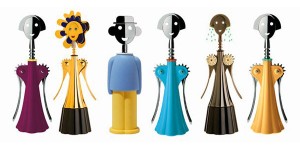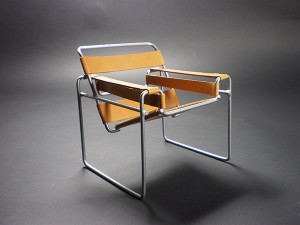My favourite modernist steel door handles and their designers including the Tecnoline and Lubetkin models
A timeless selection from Bauhaus, Gropius, Wagenfield and Burchartz
Walter Gropius, a German architect, industrial designer and teacher was the founder of the renowned Bauhaus School in Weimar. Gropius was born on18th May 1883 and he passed away on July 5th 1969. The school opened in 1919 and closed in 1933.

Walter Gropius, founder of the Bauhaus School. 1883 – 1969
The Bauhaus faculty was a pantheon of modernist designers and architects. Gropius’ ideas and philosophy helped to attract a faculty that included Paul Klee, Johannes Itten, Josef Albers, Herbert Bayer, László Moholy-Nagy, Wilhelm Wagenfeld, Otto Bartning and Wassily Kandinsky, all of whom are now household names for the design-conscious. The work of these designers still has a huge appeal to our modern aesthetic sensibilities as they were such innovative designs when they were first produced. Nothing like them had been produced for mass production before.
Walter Gropius is to this day regarded as the paragon of classic Bauhaus design. He studied architecture at the beginning of the twentieth century before entering the design bureau of Peter Behrens in 1907, along with Mies van der Rohe and Corbusier. As an independent architect and industrial designer, Walter Gropius went on to design the simple and functional Gropius door handle, which was first produced by S.A. Loevy in 1923.
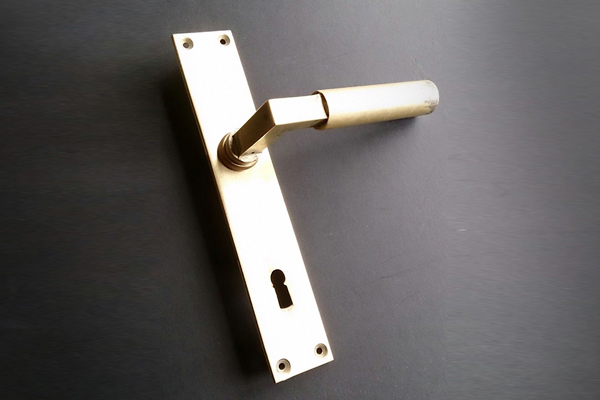
Walter Gropius’ door handle design
I for one, can not conceive of an Apple or a Braun product’s design without the influence of Bauhaus design.
Dieter Rams, was the head of industrial design for Braun for over thirty years. His legacy in product design can not be underestimated. He left us his principles of good design which he developed during in the 1970s.
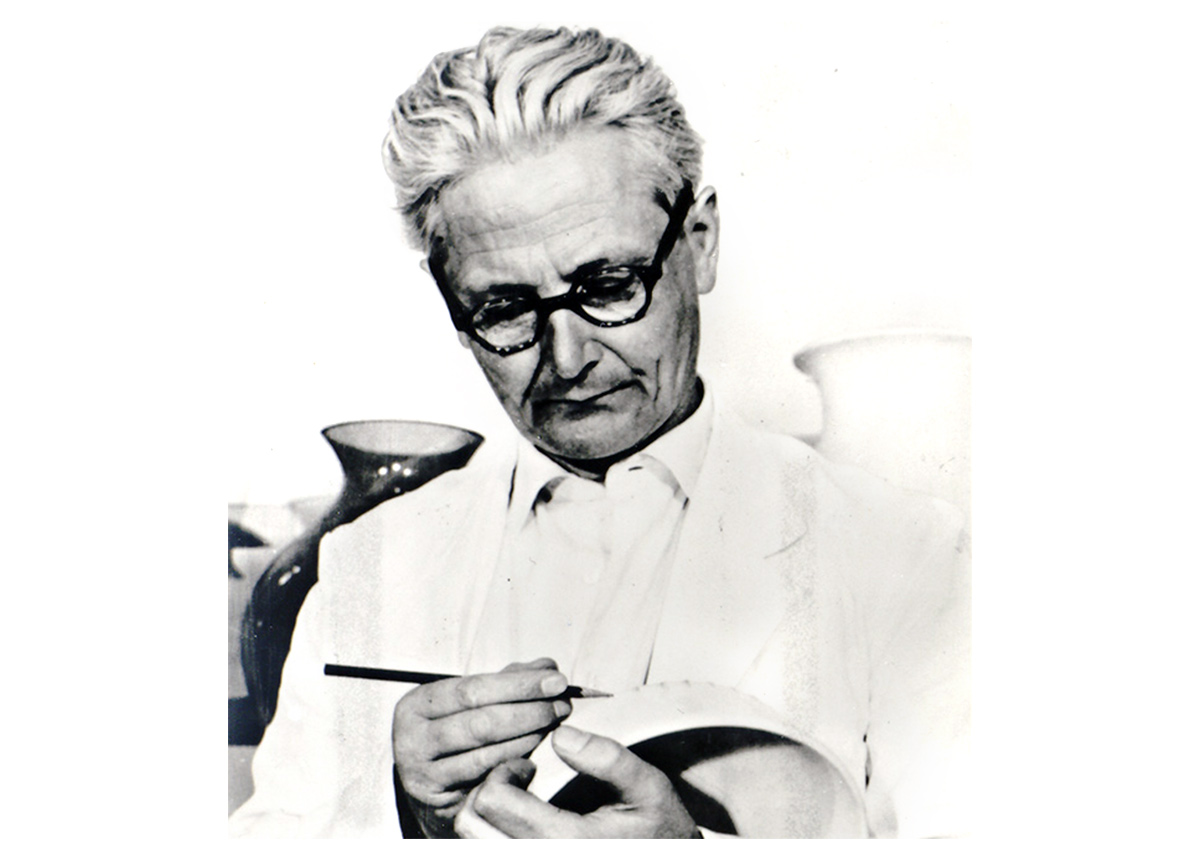
Wilhelm Wagenfeld 1900 – 1990
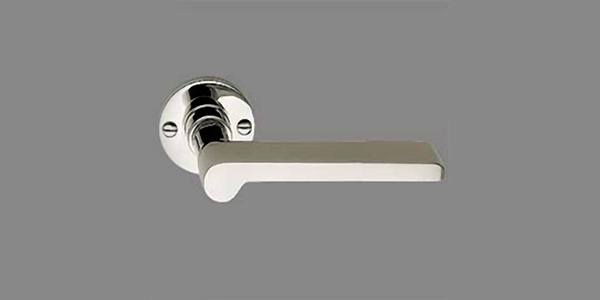
Door handle in polished stainless steel WD28CHR from Tecnoline from original prototype1928
Wilhelm Wagenfeld’s experience first as student and then as head of the metal workshops of the Bauhaus instilled in him an innate functionalism which informed the career of one of the twentieth century’s most understated yet influential product designers. The handle he designed in 1928 exudes a mechanistic, modernist rigour, its stripped-down design eloquently expressing the downward motion of the lever and the pivoting action of the spindle.
After leaving the Bauhaus, the Constructivist influence on Wagenfeld’s design waned and his products became more human and more ergonomic. The second door handle he designed (in 1966) embodies these changes and Wagenfeld’s influence can clearly be seen in the Ulm school and the designs of Dieter Rams and then in a subsequent generation of product designers from Jasper Morrison to Sam Hecht.

Max Burchartz
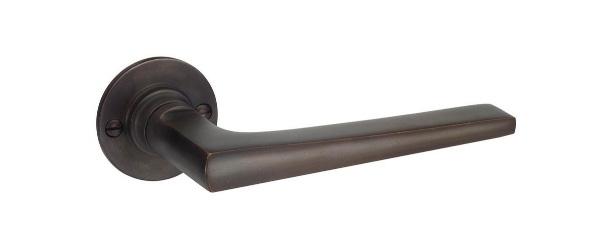
Max Burchartz’s Lubetkin extended lever handle in bronze
Max Burchartz (1887-1961) is best known for his graphics and photo-montages. He was involved in the Constructivist International with László Moholy-Nagy and Theo van Doesburg. Burchartz was an influential (if now relatively forgotten) figure in the development of the door handle during Modernist period. Responsible for overseeing the design of the ranges and the corporate design of German manufacturer Wehag, his hardware designs of the late 1920s reflect the same clarity and the Constructivist aesthetics which also informed his graphic work.
Originally conceived in 1929 as an economy item suitable for social housing, the lever handle was picked up by Modernist architects as an unobtrusive design perfectly suited to the emerging Functionalist aesthetic.
Max Burchartz (1887-1961) is best known for his graphics and photo-montages. He was involved in the Constructivist International with László Moholy-Nagy and Theo van Doesburg. Burchartz was an influential (if now relatively forgotten) figure in the development of the door handle during Modernist period. Responsible for overseeing the design of the ranges and the corporate design of German manufacturer Wehag, his hardware designs of the late 1920s reflect the same clarity and the Constructivist aesthetics which also informed his graphic work.
Originally conceived in 1929 as an economy item suitable for social housing, the lever handle was picked up by Modernist architects as an unobtrusive design perfectly suited to the emerging Functionalist aesthetic.


